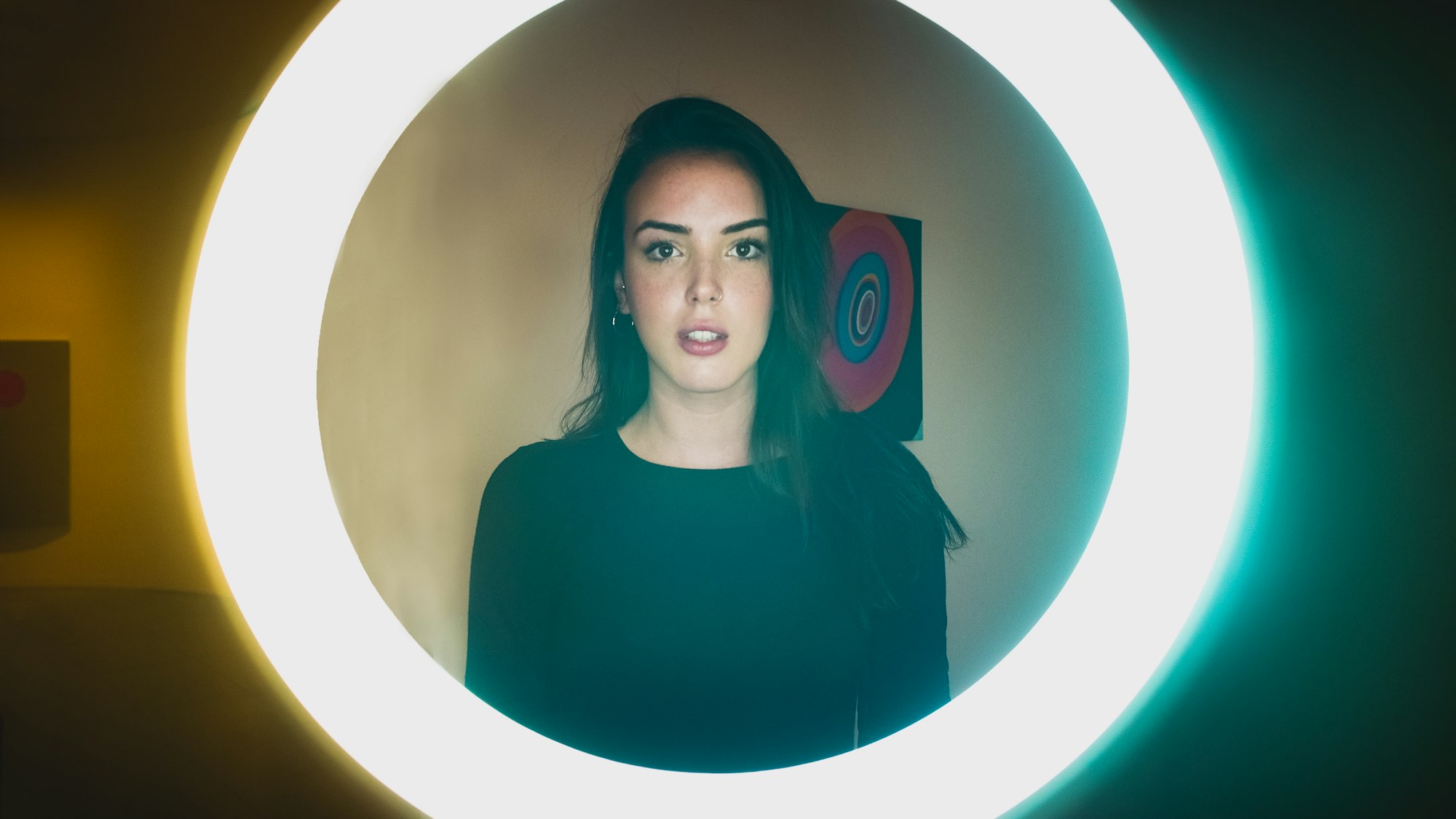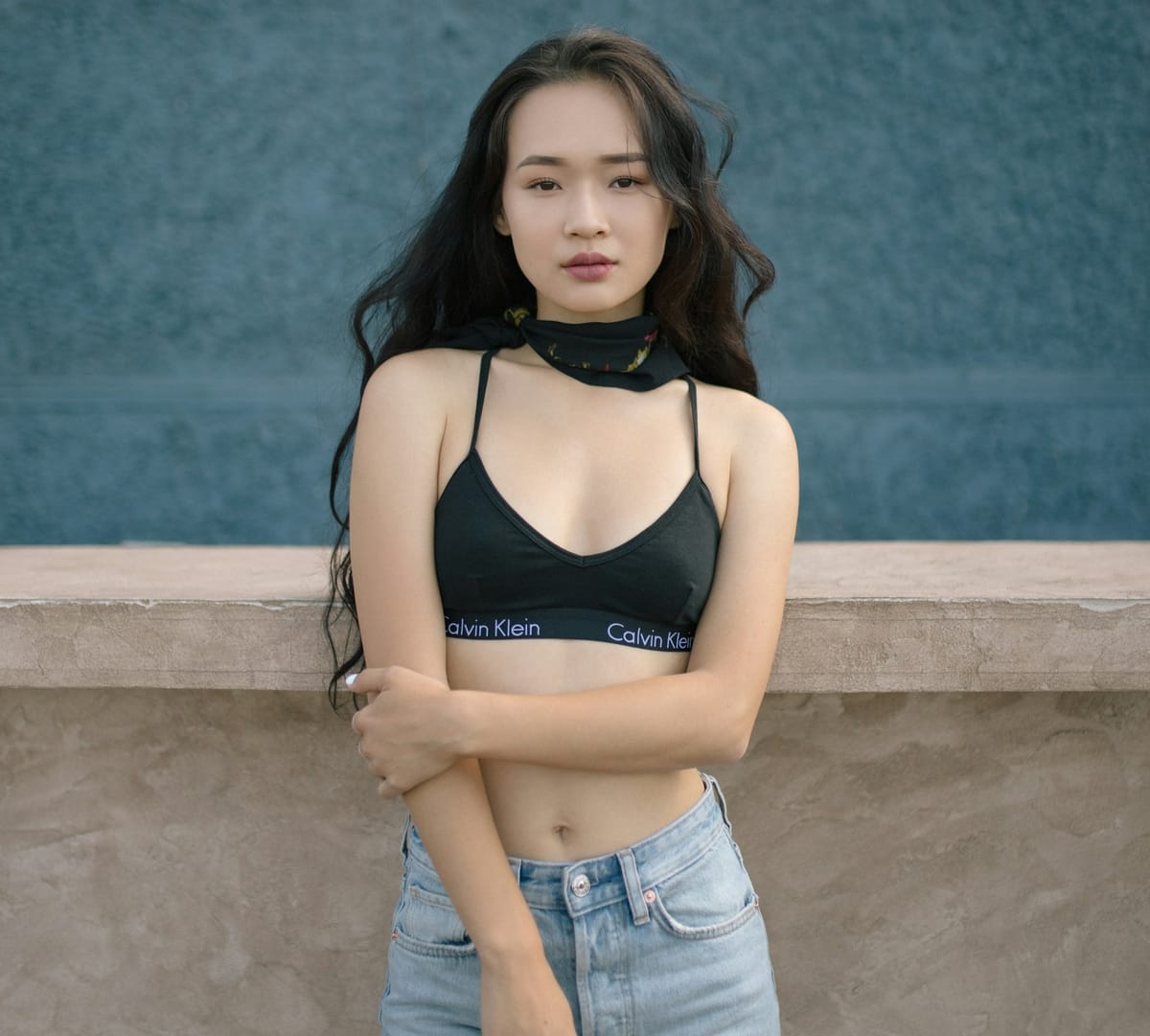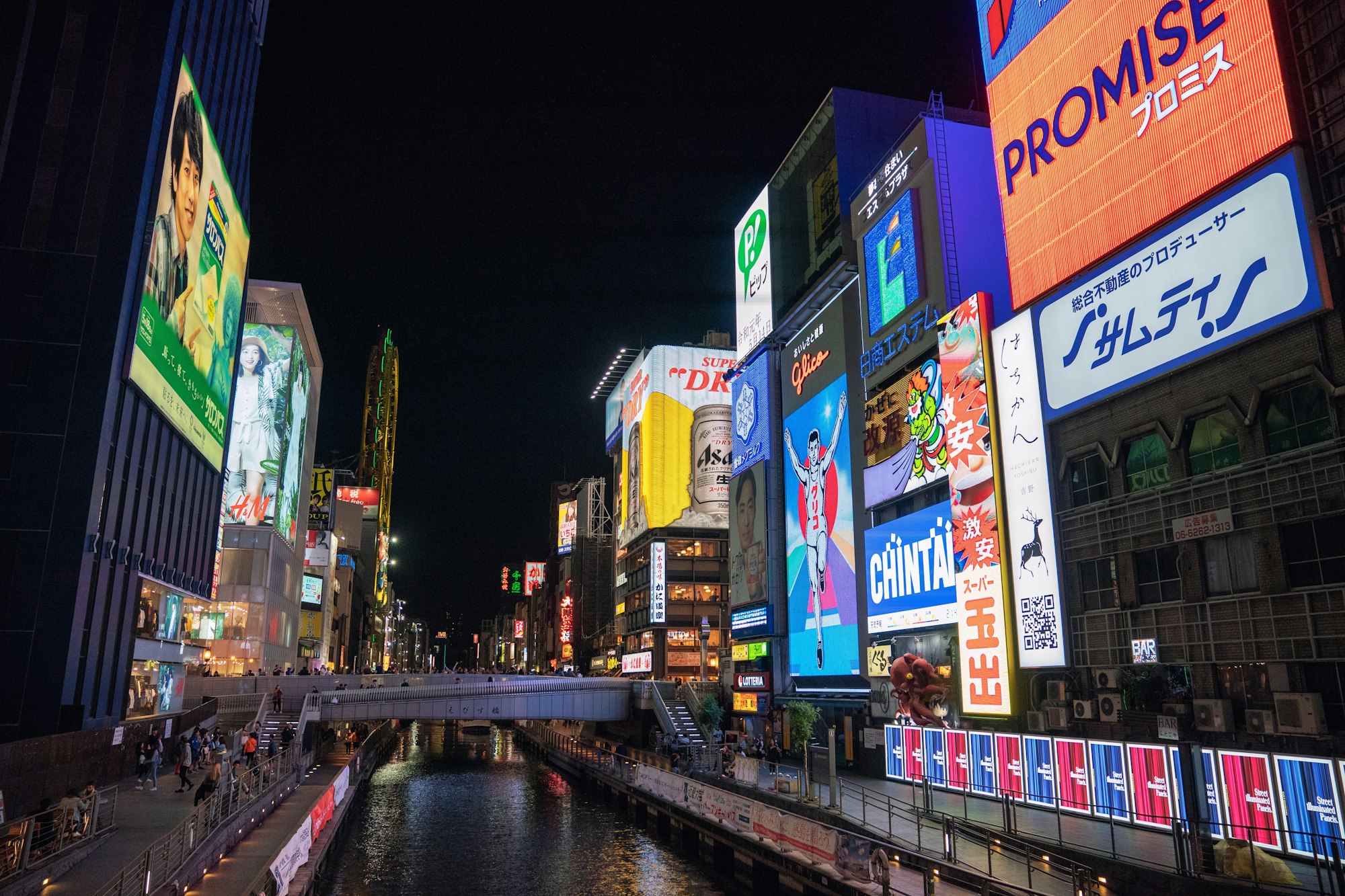SE Asia's Creator Economy: What the Publicis-HEPMIL Deal Signals
Publicis aims to build an influencer engine to hold the largest slice of Southeast Asia's creator economy. But challenges are afoot.

When Publicis Groupe announced its intent to acquire Singapore-based HEPMIL Media Group (Hepmil), the deal signaled more than another line item in the holding company's growth strategy. It revealed how global networks are reshaping Southeast Asia's creator economy, and what that means for brands trying to balance cultural relevance with measurable returns.
Hepmil brings 3,000 creators and 1 billion in follower reach across six markets. Publicis brings 800 million consumer profiles. The combination creates a formidable end-to-end influencer apparatus in Southeast Asia, one that can track a creator's Instagram post all the way to a purchase decision.
But the tie-up raises broader questions, too. As global holding companies acquire regional creator agencies, what happens to pricing transparency? How do brands ensure they're getting authentic cultural insights versus repackaged global templates? When the influencer marketing sector is projected to grow at 10.83% annually through 2029 in Southeast Asia, who benefits most from the US$2.1 billion in 2025 spend?

A Cultural Relevance Problem That Scale Can't Solve
Hepmil's value isn't just its creator network. It's platforms like SGAG, MGAG, and PGAG that reach 70 million Southeast Asians through hyperlocal humor and culturally specific content. These aren't global meme accounts with regional translations. They're built from the ground up to understand why a joke lands in Singapore but falls flat in Manila.
This hyperlocal expertise addresses what many global brands get wrong in Asia. According to Ebiquity's research on influencer acquisitions, 78% of marketers report integration challenges when merging local creator networks with global marketing tools. The problem isn't technical. It's cultural.
A data platform can tell you which 25-year-old women in Jakarta clicked on a skincare ad. It can't tell you why they trust one creator's recommendation over another's.
Hepmil has worked with over 450 brands, including Shopee and McDonald's, by solving this trust equation. Its creators don't just have followers. They have credibility within specific communities. That credibility doesn't transfer easily to a global holding company's spreadsheet, which is why Publicis is keeping Hepmil's brand intact rather than absorbing it into existing units.
Data Integration: Promise Versus Practice
The acquisition pitch is compelling on paper. Combine Hepmil's cultural insights with Publicis' Epsilon identity graph to deliver what CEO Arthur Sadoun calls comprehensive influencer solutions. In theory, this means brands can identify high-value customer segments, match them to relevant creators, and measure impact from awareness through purchase.
In practice, the integration challenges are significant. Publicis' earlier acquisitions of Influential and Captiv8 created a global influencer network, but merging these platforms with regional agencies like Hepmil requires more than technical APIs. It requires aligning different measurement standards, privacy regulations across six markets, and creator compensation models that vary drastically from Singapore to Vietnam.
The data integration promise also assumes brands want that level of measurement. Some do. Performance marketing teams obsessed with return on ad spend need to justify every dollar. But brand marketing teams often value creator partnerships for cultural momentum that's harder to quantify. When 20% of Southeast Asia's e-commerce sales are already driven by influencer campaigns, the measurement question shifts from "does it work?" to "are we paying fair rates for the results we're getting?"

The Consolidation Risk No One's Discussing
As Publicis, WPP, and other holding companies acquire regional creator agencies, the Southeast Asian influencer market is becoming more concentrated. This consolidation brings efficiency. Brands can work with one partner across multiple markets instead of managing six different agency relationships.
But it also brings risks that industry insiders rarely discuss publicly. Reduced pricing transparency tops the list. When a handful of holding companies control the majority of creator relationships in a region, brands have less leverage to negotiate rates. Independent agencies that once competed on price and service now operate under the same corporate umbrella.
There's also the regulatory compliance challenge. In regulated industries like financial services, non-compliant influencer campaigns can trigger fines up to 10% of annual revenue under new Southeast Asian regulations. Hepmil will need to implement AI monitoring tools to catch compliance issues before they become legal problems. That's a significant operational investment that smaller independent agencies struggle to afford, further accelerating consolidation.
Amrita Randhawa, CEO of Publicis Singapore and Southeast Asia, frames this positively: "The future of influence isn't just about reach. It's about resonating with hyperlocal cultures while delivering enterprise-grade measurement." She's right that brands need both. The question is whether consolidation delivers on that promise or simply makes it easier for holding companies to cross-sell services.

What This Means for Marketing Leaders
For executives evaluating creator marketing strategies in Asia, the Publicis-Hepmil deal offers three practical lessons.
First, the build-versus-partner decision is shifting. Two years ago, brands could reasonably build in-house creator programs by hiring a small team and signing direct contracts. Today, the complexity of managing creator relationships across six markets while ensuring regulatory compliance and measurement integration makes partnering likely more practical for most organizations. The question isn't whether to partner, but which type of partner to choose.
Second, prioritize first-party data match rates over vanity metrics. Hepmil's 1 billion reach sounds impressive until you ask how many of those impressions connect to identifiable customer profiles that enable measurement. The integration with Epsilon's 800 million profiles theoretically solves this, but brands should demand proof of actual match rates in their specific markets before signing contracts.
Third, maintain direct creator relationships even when working through agencies. The value of platforms like SGAG isn't just their audience size. It's their cultural credibility. That credibility can erode if creators feel they're working for a global holding company rather than a brand that respects their voice. Smart brands use agencies for logistics and measurement while preserving authentic creator partnerships.
The Southeast Asian creator economy's US$19 billion valuation will continue attracting acquisitions. Publicis' acquisition of both AKA Asia in January 2024 and soon Hepmil positions it to offer clients like Tiger Beer and Lego everything from traditional comms to social influence under one roof. Whether that integration delivers better results than specialized independent agencies remains to be proven.
Want to stay up-to-date on the stories shaping Asia's media, marketing, and comms industry? Subscribe to Mission Media for exclusive insights, campaign deep-dives, and actionable intel.









